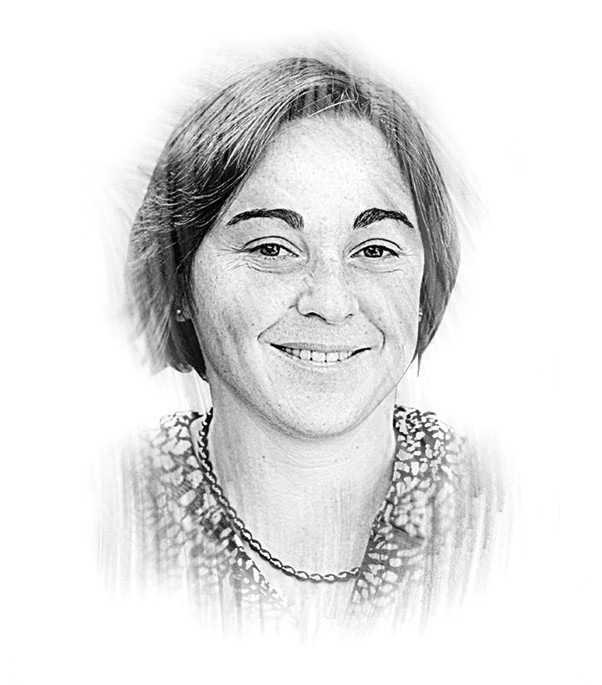
The Gene–Microbe Link | Nature
- Select a language for the TTS:
- UK English Female
- UK English Male
- US English Female
- US English Male
- Australian Female
- Australian Male
- Language selected: (auto detect) - EN
Play all audios:

Evidence that genes shape the microbiome may point to new treatments for common diseases You have full access to this article via your institution. Download PDF The ecology of the gut
microbiome may trigger or contribute to a variety of diseases, including autoimmune disorders and obesity, research suggests. Factors such as early environment, diet and antibiotic exposure
have a lot to do with why people differ from one another in the composition of their microbiomes. But specific gene variants are also linked to greater risks of developing many of these
diseases. Do your genes act on your microbiome, which in turn promotes disease? Credit: Illustration by Gluekit One way researchers have addressed this question is to pick specific genes
that are good candidates—for instance, those with a strong link to a disease that also has a microbiome link—and examine whether people who carry mutations that are known to increase the
risk of a certain disease also have microbiomes that differ from those who do not have the mutations. A team led by Dan Frank at the University of Colorado Denver took this approach and
revealed that specific variants of the _NOD2_ gene that confer a high risk of developing inflammatory bowel disease to their carriers are also associated with an altered intestinal
microbiome. A powerful and broader way to look for an effect of human genetic variation on the microbiome is to compare twins. Identical twins share nearly 100 percent of their genes;
fraternal twins, 50 percent. Co-twins are raised together, so the environmental effects on their microbiomes should be about the same. If the microbiomes of the identical twins are more
alike within a twinship than those of the fraternal twins, we can conclude that genes have played a role. If variation within twinships of each kind is about the same, we can say a shared
genome has had no additional effect. A powerful way to look for an effect of human genetic variation on the microbiome is to compare twins. Early twins studies were based on fewer than 50
twin pairs and could not detect any greater similarities in the microbiomes of identical twins compared with those of fraternal twins. But recent work my laboratory at Cornell University
conducted with researchers at King's College London compared nearly 500 twin pairs, a sample size sufficient to show a marked genetic effect on the relative abundance of a specific set
of gut microbes. Furthermore, so-called heritable microbes—the bacteria most influenced by host genetics—were more abundant in lean twins than obese ones. Experiments in germ-free mice
showed that one gut bacterium in particular, _Christensenella minuta_, can influence the phenotype—the composite of observable characteristics or traits—of the host. Germ-free mice live in
sterile bubbles—and they are very skinny. When they are given a microbiome in the form of a fecal transplant from a human donor, however, they plump up within a day or two because the
bacteria help them digest their food and develop a proper metabolism. We found that if _C. minuta_ was added to the feces of an obese human donor, the recipient mice were thinner than when
_C. minuta_ was not added. Results showing _C. minuta_ has an effect of controlling fat gain in the mouse match data that reveal lean people have a greater abundance of _C. minuta_ in their
gut than obese people. This is evidence that a person's genes can influence the gut microbiome's composition and in turn can shape the individual's phenotype. Further work
will show what specific genes are involved as well as how the microbiome may be reshaped to reduce risk of developing chronic inflammatory diseases within the context of a person's
genotype, suggesting potential new approaches to treating obesity-related diseases. AUTHOR INFORMATION AUTHORS AND AFFILIATIONS * Ruth E. Ley is an associate professor of molecular biology
and genetics at Cornell University., Ruth E. Ley Authors * Ruth E. Ley View author publications You can also search for this author inPubMed Google Scholar RIGHTS AND PERMISSIONS Reprints
and permissions ABOUT THIS ARTICLE CITE THIS ARTICLE Ley, R. The Gene–Microbe Link. _Nature_ 518, S7 (2015). https://doi.org/10.1038/518S7a Download citation * Published: 25 February 2015 *
Issue Date: 26 February 2015 * DOI: https://doi.org/10.1038/518S7a SHARE THIS ARTICLE Anyone you share the following link with will be able to read this content: Get shareable link Sorry, a
shareable link is not currently available for this article. Copy to clipboard Provided by the Springer Nature SharedIt content-sharing initiative
